Measuring Tools
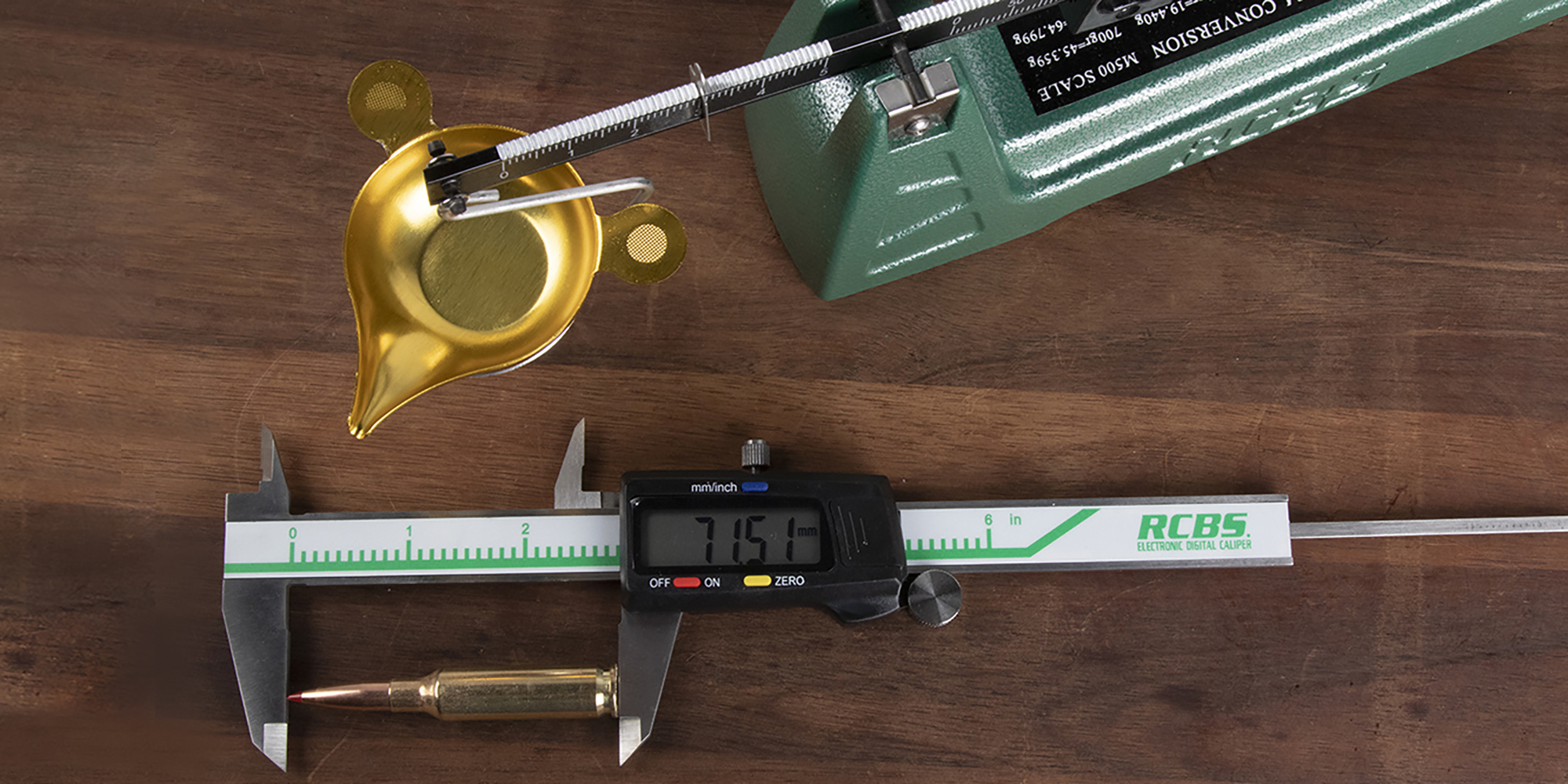
One of the most popular reasons to load your own ammo is to develop more accurate rounds than a factory can produce. Although this sounds ambitious, most well-executed hand loads are much more consistent and accurate than manufactured ammunition. To accomplish this level of accuracy, it is important that your handloads are measured with extreme precision during each step of the loading process. Below you will find a list of the most vital measuring tools that will help create consistently accurate handloads.
Calipers
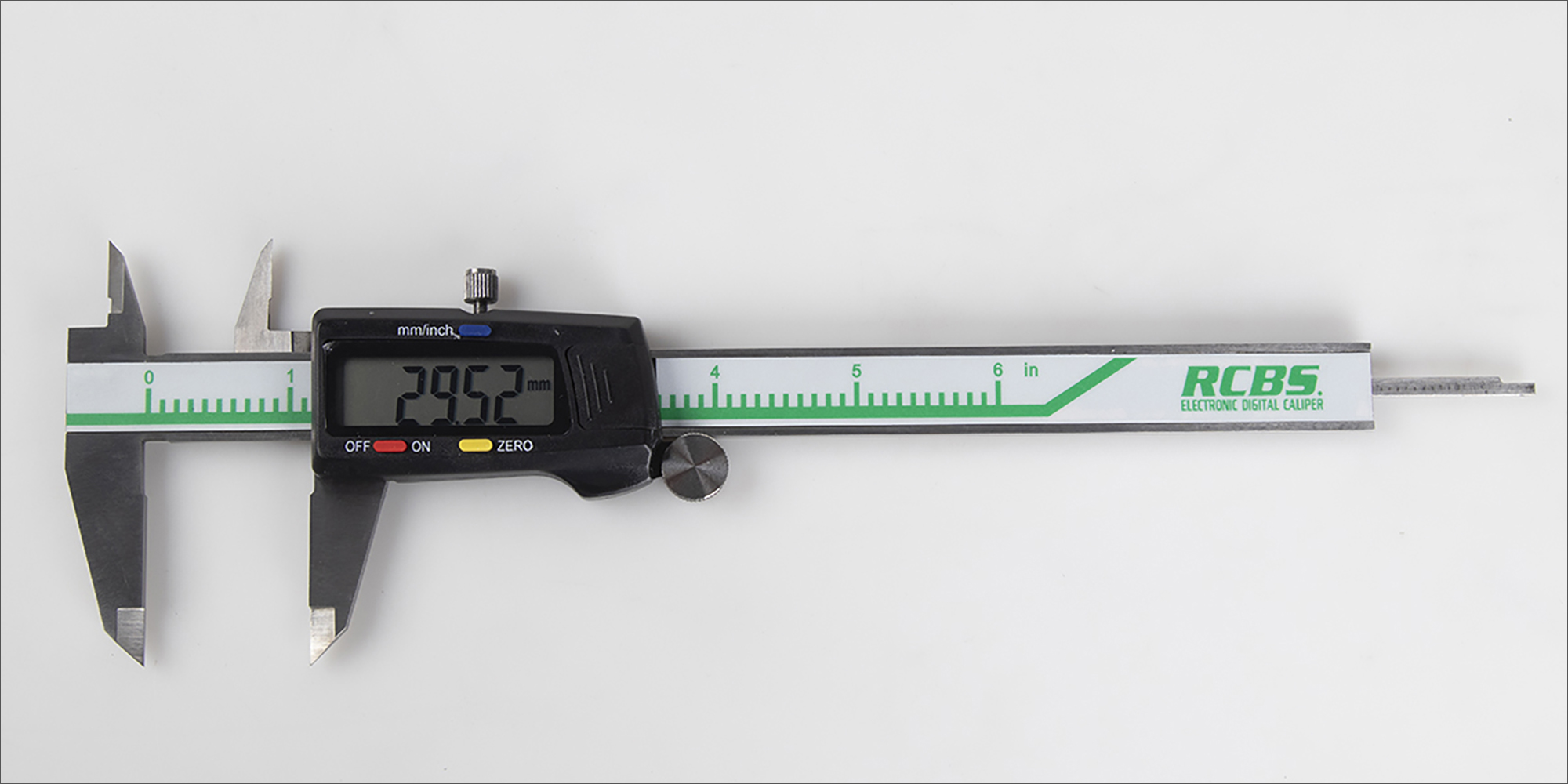
Calipers are a useful and essential part of any reloading bench. Reloaders use calipers to measure the overall length of a completed cartridge or the length of a freshly-resized brass case.
You will most often be reaching for your calipers when measuring the overall cartridge length. If the overall length of the cartridge is shorter than your reloading manual dictates, the bullet has been pushed too far into the case. This will result in less volume where the powder resides. Less volume, in turn, means more pressure when the round is discharged. If the pressure is too high, a gun can blow up in the hands of the user when fired.
If you plan on reloading bottleneck rifle cartridges, you will also use calipers to ensure that your resized cases are the correct length before seating bullets into them.
You can either purchase digital or analog calipers -- both are quite reliable and accurate, but digital calipers will allow you to ‘read in between the lines’. They are also generally easier to read and record accurate measurements from. Calipers can be purchased for $20 all the way up to well above $100, depending on the needs of the reloader.
Scale
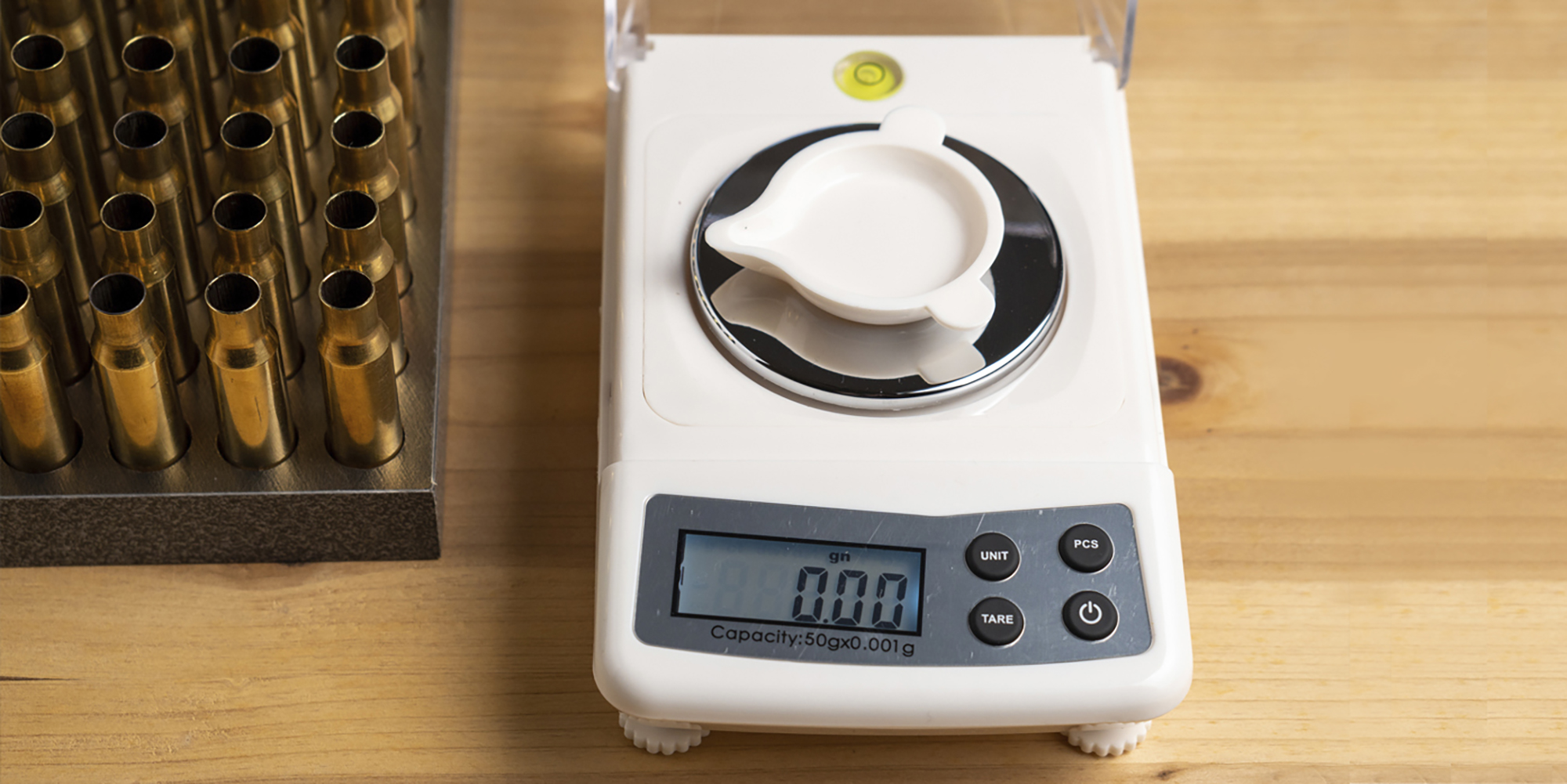
A reloading scale is absolutely necessary for handloading. Filling a cartridge with too much (or not enough) powder is very dangerous.
Beam scales are popular amongst handloaders. Although they are simple devices, beam scales produce accurate, consistent readings as long as they are properly calibrated. Because they are mechanical devices, weight readings will be reliable and precise, as long as the scale is not physically damaged in some way.
Digital scales are also very popular, due to their precision accuracy, ease of use, and quick response. Rather than fiddling with weights on a beam, the user just has to read the digital display.
Whether analog or digital, it’s important to buy a scale that is specifically designed for reloading. Reloading scales will have the measurements in grains or 1/7000th of a pound increments. Do not attempt to use a kitchen or bathroom scale for reloading.
Micrometer
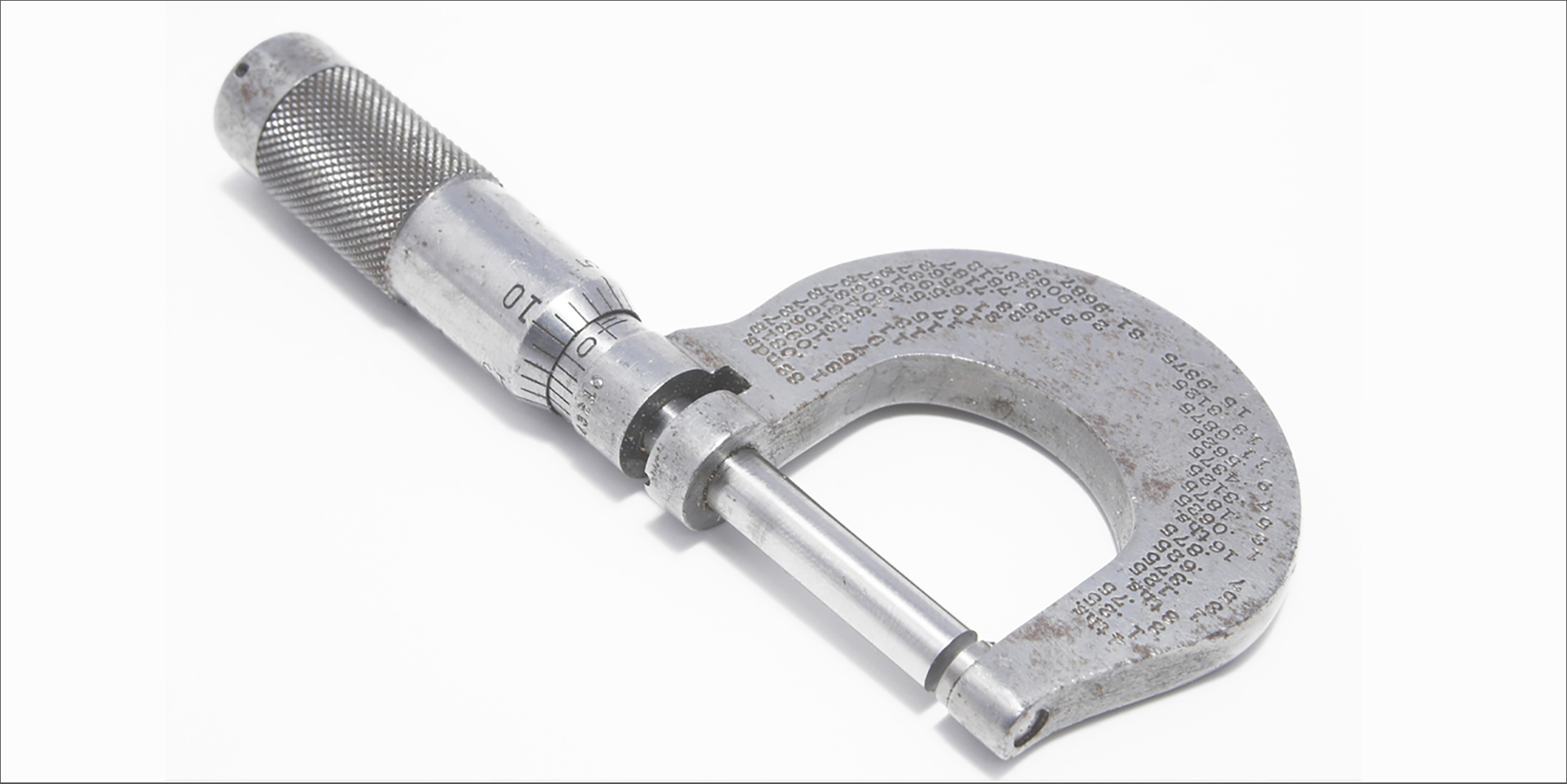
Although calipers are a very useful measuring tool, the ideal handloading bench will also have an even more precise option. That is where a ball micrometer comes in. Ball micrometers are generally used to measure the thickness of a case neck to ensure consistency all the way around the brass. Micrometers can measure down to around .001 mm, which is much smaller than most calipers.
Like the other measuring tools on this list, ball micrometers are available in digital and analog formats. Given that ball micrometers are used with such small measurements, many handloaders opt for digital micrometers due to their accuracy and ease of use.
Generally, micrometers are available in both inside and outside types. As the names suggest, inside micrometers measure the interior of a casing, while outside micrometers are made for the exterior thickness of the brass. Either of these will work for reloading -- it’s simply a matter of personal preference. You may also see depth micrometers. You generally will not need these for the reloading process, especially if you are a novice. Depth micrometers simply measure the depth of a given material.
You will also want to make sure your micrometer has a spherical or tube anvil that can be easily inserted into the cartridge tube. Further, you should consider the anvil diameter of the micrometer. Ensure that it is not larger than the diameter of your casing or cartridge tube. Otherwise, you will not be able to insert the micrometer into the casing.
Case Gauge
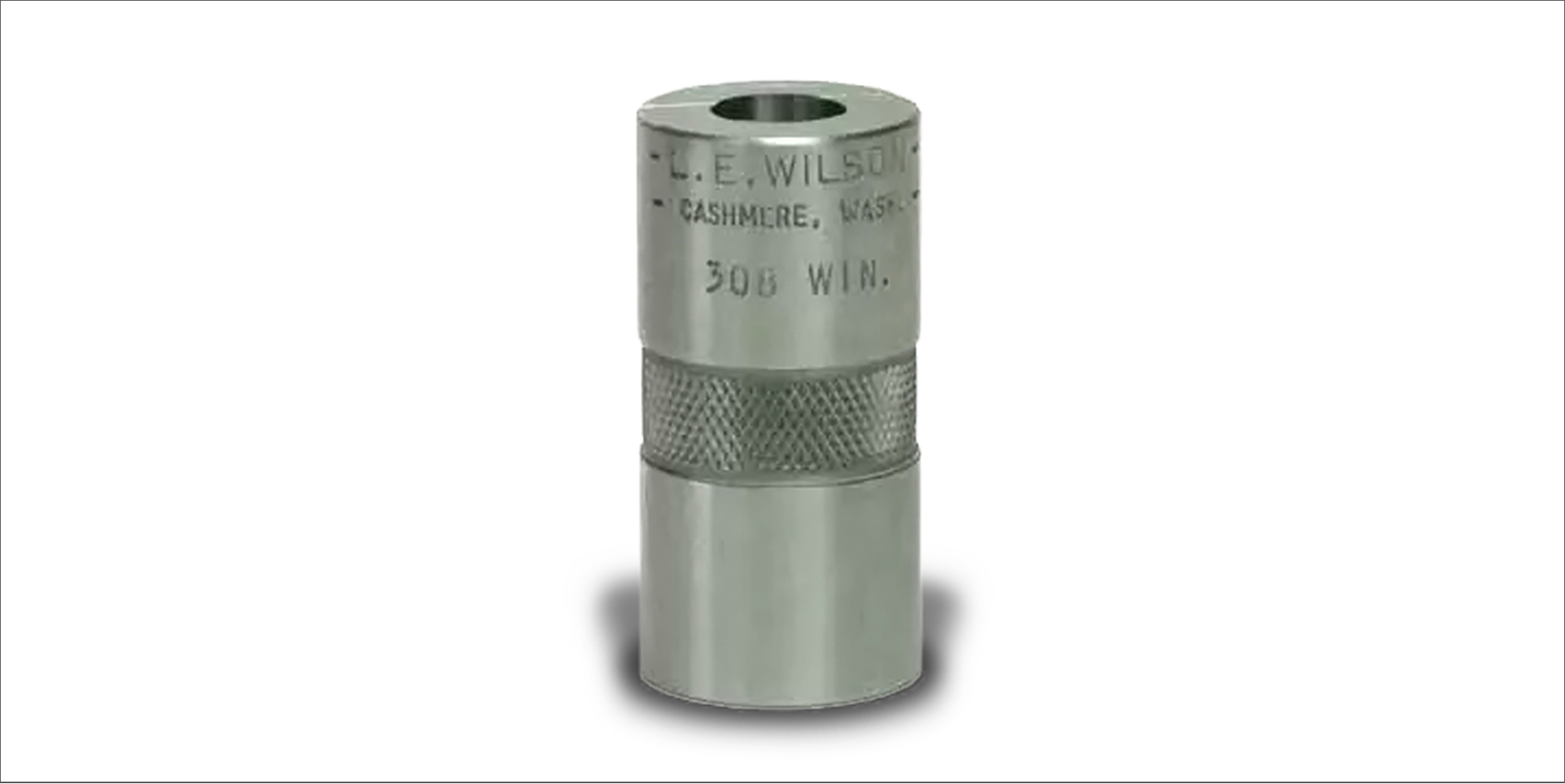
Although case gauges are technically an optional part of a reloading setup, they can prevent a lot of headaches when you go to fire your handloads. A case gauge can be used to quickly and accurately measure the headspace of a fired case. Oversized brass is a common error in handloading, and can be identified and corrected through the use of a case gauge.